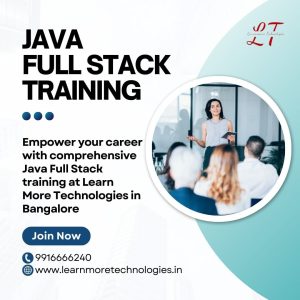Get Industry Recognized Certifications & Jobs in Top MNC’s
Our certificates, including Java Full Stack training in Whitefield, help you land jobs at big companies like IBM, HCL, Cognizant, CTS, Dell, TCS, Accenture, and others. These are known worldwide, so when you finish our Java training Institutes, you'll have great chances to get good jobs with competitive pay. Here's what you'll get from our certificate:
- Many top companies recognize this certification
- As a newcomer, it will beef up your portfolio and resume
- It gives you the know-how to ace an evaluation
- Sharpens your problem-solving skills for interviews
- It helps you to complete projects better in your current job
- Gives your career a boost in reputation
- Builds solid decision-making skills to succeed in jobs
- Grows your knowledge and skills preparing you for future tasks
- Serves as digital proof of your abilities
- It boosts a person’s confidence and trustworthiness
- Opens up more job options, raises your pay, and makes switching jobs easier









